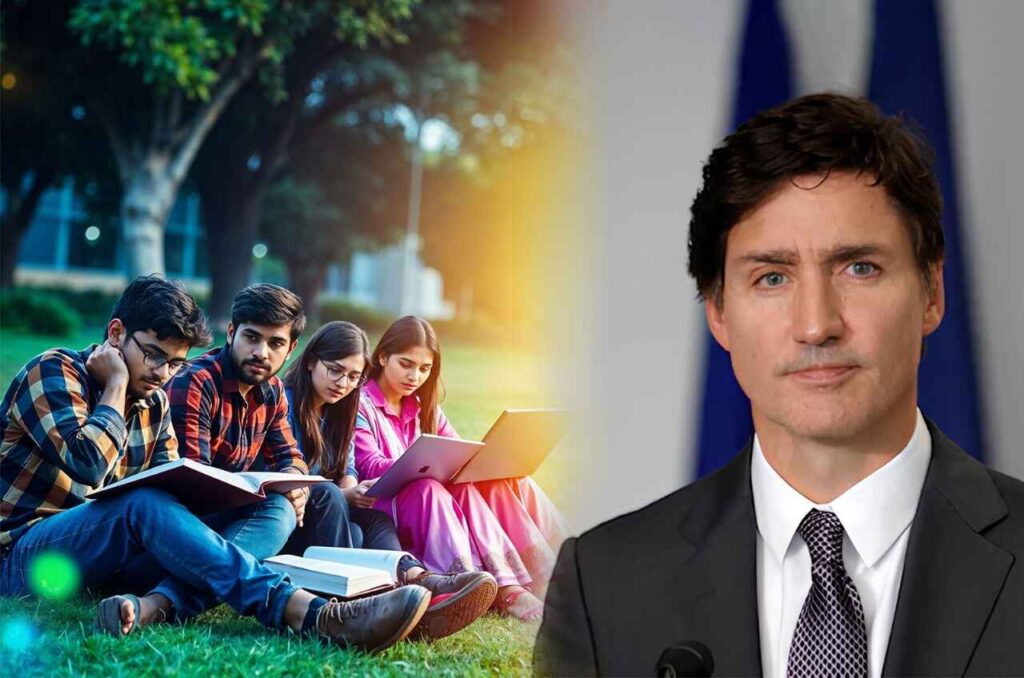The development that took place last week in Canada, which involves increasing the Guaranteed Investment Certificate (GIC) amount from CAD 10,000 to CAD 20,635 effective from January 2024, has raised many eyebrows. Although the decision was taken to give students a comfortable stay and prevent them from financial hardship in Canada as per the IRCC, it did not go down well with students and their parents, according to some news reports.
Parents are of the view that they will have to knock at the bank’s door to borrow extra money to meet the requirement of sending their children to the North American nation. Moreover, students, especially those who come from Punjab, Haryana, and Gujarat, may want to explore other countries to study if they have to shell out this much money.
This is How the Comparison Looks
These numbers reflect the approximate annual fees and initial investment associated with studying in different nations. The initial investment refers to the amount of money a university requires from a student before a visa. The annual cost in Canada is approximately CAD 18,000, while the initial outlay is CAD 38634 (INR 25,00,000) which includes GIC and a one-year tuition fee to qualify under SDS lodgement. The UK requires GBP 16,000 per year, which means an upfront payment of INR 11,76,000. The annual price for the USA is USD 25,000, with an INR 10,62,500 initial investment needed. Australia charges an annual fee of AUD 38,000 and requires an INR 11,09,000. The annual charge for New Zealand is NZD 22,000, with an INR 17,43,700 initial investment required. Similar annual fees of Euro 14,000 are charged in Germany, Ireland, and France, with initial deposits of INR 15,38,500, INR 8,50,000, and INR 8,50,000, respectively. Other expenses, including medical, embassy, and consultancy fees if any, have to be paid separately. The figures are mentioned as per the local conversion of currency.
As we can see the initial investment in Canada is much higher than the other countries and they present various options for prospective students with their varying fee structures.
The UK’s annual fee is considerably lower than Canada’s, making it an attractive choice for quality education with a more manageable initial investment.
The USA asks for a notably lower initial investment compared to Canada. Australia may require a slightly lower initial investment than Canada while providing a distinct educational experience. New Zealand offers a different academic system with a comparable initial investment. Germany, Ireland, and France emerge as highly affordable options with Euro 14,000 annual fees and initial investments that are notably lower than Canada’s, making them enticing destinations for quality education without exorbitant financial commitments upfront.
These countries, with their diverse offerings and relatively lower financial demands, broaden the horizon for students seeking exceptional educational opportunities abroad.
Will Overseas Education Become a Luxury?
The growing expenses within the education system prompt us to ponder: will education become a luxury? As costs surge, studying abroad becomes an elusive dream for many due to financial constraints. This reality raises concerns that education, a fundamental right, might transform into a privilege reserved for the financially fortunate. Access to education should be focused on something other than luck, but recent shifts risk making it an exclusive opportunity for only a select few. Therefore, we must treat education as an investment, not as an expense.
Is the Higher Price Tag Justified?
The majority of students who move to Canada for higher education come from Punjab, Haryana, and Gujarat. Punjab students alone invest Rs 68,000 crore in Canadian education each year. According to a news article, Canada awarded a total of 226,450 visas under the Refugees and Citizenship Canada (IRCC) last year, with a large part, around 1.36 lakh students, hailing from Punjab. The increased GIC requirement places further financial hardship on international students, who already pay greater tuition than their Canadian peers.
Considering Canada’s reputation for diploma and vocational courses, the question arises: why invest 25 lakhs as an initial investment in studying there instead of opting for countries offering accredited university degree programmes?
Alternatively, this substantial sum could be channelled into a business in your home country, potentially yielding superior returns. What are your thoughts about the recent changes? You can share with Canada immigration and visa consultants in Noida, and Delhi, and also seek guidance on student visas, work permits, and PR.
Takeaway
No doubt that the step was taken in order to support students, but it poses financial challenges for some students. Comparing global education costs, Canada’s upfront investment surpasses others, impacting students’ choices. This trend questions education’s affordability and fairness, risking exclusivity and raising doubts about its value compared to other investment options. This leaves us all wondering, is Canada worth it?
Disclaimer: The information/thoughts presented in the blog are good to hold at the time of publication. They may vary with changes in immigration policies/processes.


